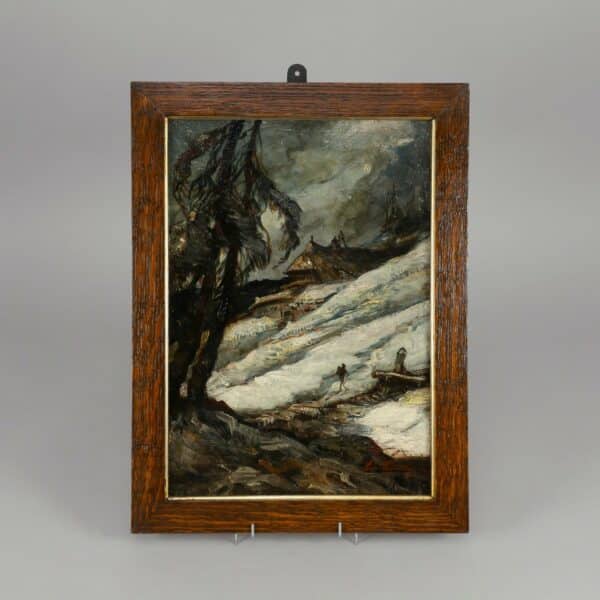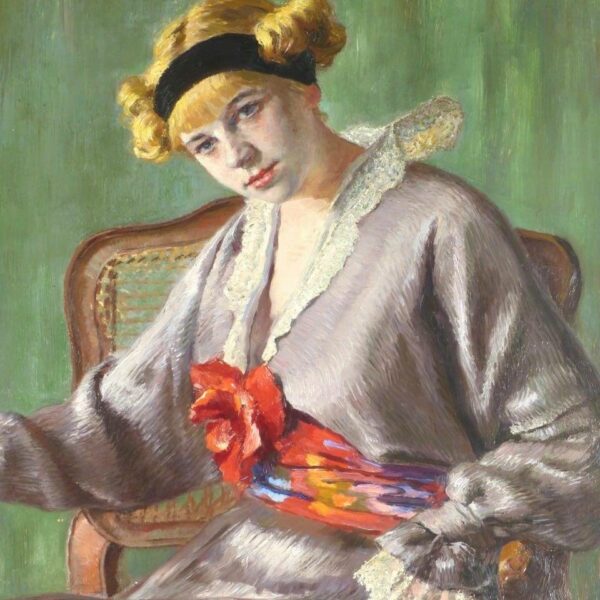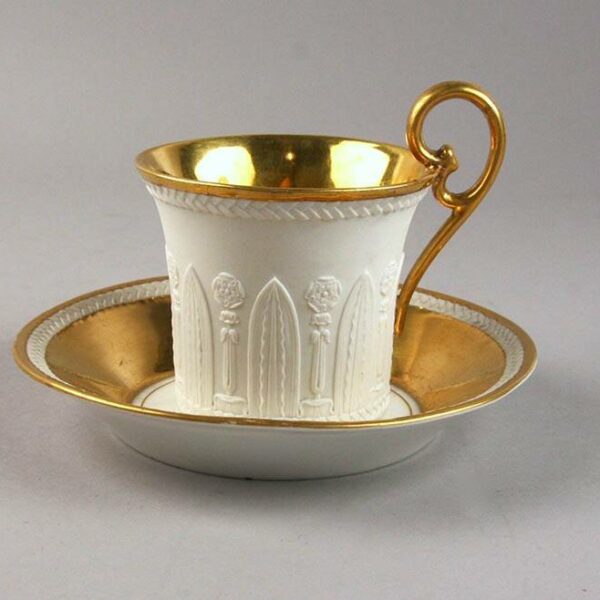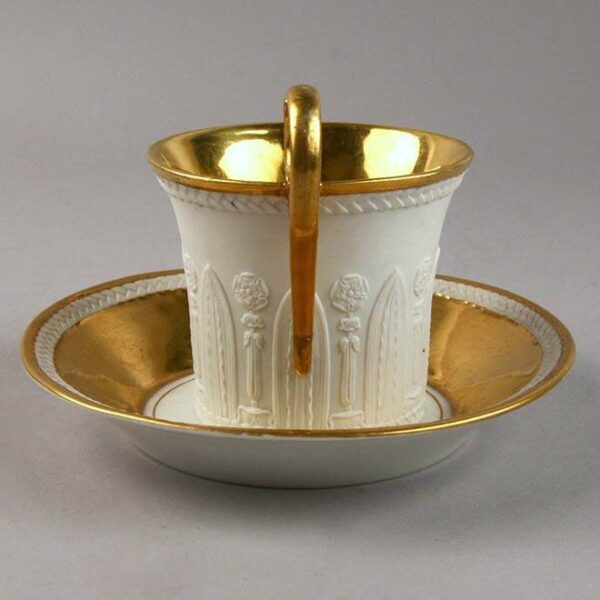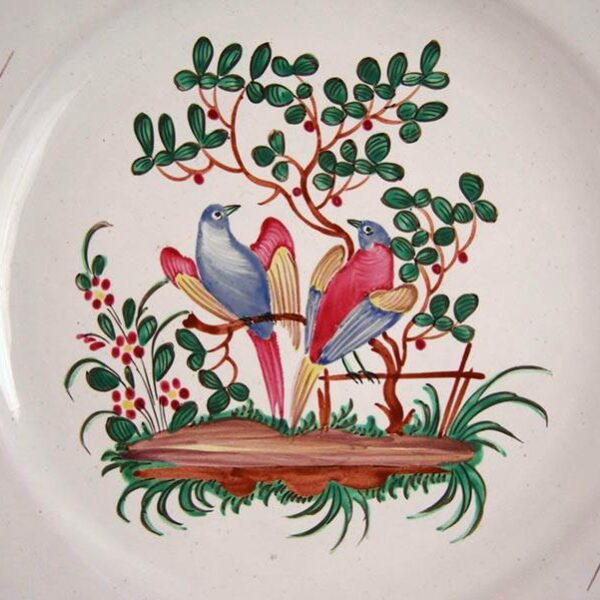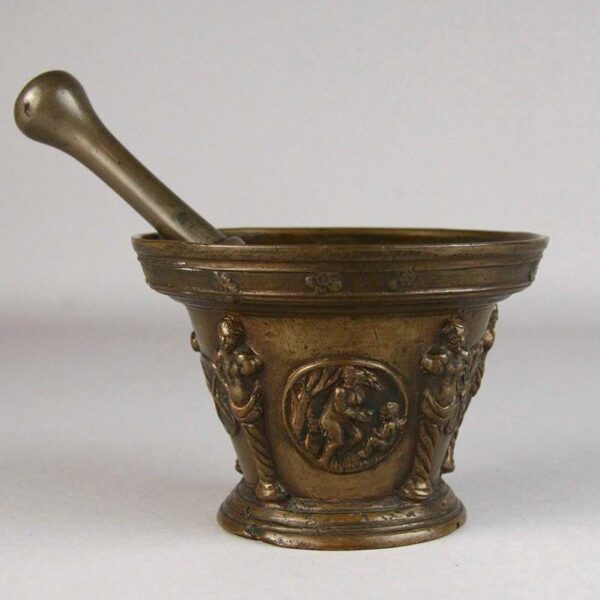Do you need more informations about this product? Contact us
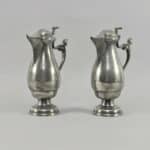

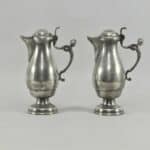
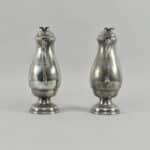



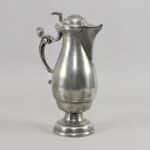
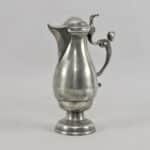


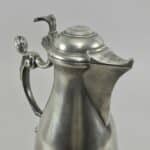

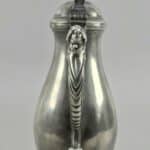
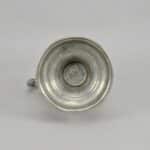



Pair of communion ewers
A pair of pewter communion ewers, made by Jean-Philippe Korn, late 18th – early 19th century.
A pair of pewter communion ewers, made in Sarrebruck or Sarre-Union, by the pewtersmith Jean-Philippe Korn. Standing on a circular foot with a stave, the baluster-shaped body has a drop in the lower part. The handle is decorated with a winged angel’s head from which falls a drop of V-shaped collars, followed by another of hadrons and then finished with a scroll. The thumb rest appears in the shape of a ribbed “V”. The hooked lid, which overhangs the spout, has a doucine.
Although the initials of the punches are not readable, we can give the paternity of the production to Korn. Indeed, the shapes of the pewter pieces are repeated within the same workshop by the use of moulds.
Several Korn pieces can be found in the treasure of Protestant churches in the Alsace Bossue (Sarrewerden, Rimsdorf), but also in Protestant homes in the Alsatian plain (Climbach, Menschhoffen), proof of the workshop’s wide distribution and reputation.
These containers, linked to the Protestant cult, are used during the Holy Communion for the participant’s communion under both species (host or bread, wine or grape juice). The number of ewers varies according to the size of the religious community. In Augsburg, at the end of the 17th century, there were up to a hundred. The function of the communion ewers is identical to that of the Catholic cruet, but the sizes differ. In Protestant worship, the whole congregation participates by drinking successively from the communion cup. The communion cup must be able to be filled four times in order to serve eighty worshippers, which explains the large size of the “Abendmahlskanne”.
Period : late 18th – early 19th century
Height : 33,5 cm
Condition : good
























